After passing through “Naka no Negi-michi” from Kasuga Taisha, and emerging back into the city, you can reach the area near Shin-Yakushi-ji Temple.
By this time, I was getting quite hungry, so I decided to stop by a restaurant called “Rokusaron” near Shin-Yakushi-ji to try Yamato curry. However, when I peeked inside, there was no one there… Was it open or closed? I was pretty sure it wasn’t a day off, but I couldn’t tell for sure. In the end, I, being a bit shy, gave up on the place…
So, I walked a little further and arrived at a cozy little café called “Miriyamu.”
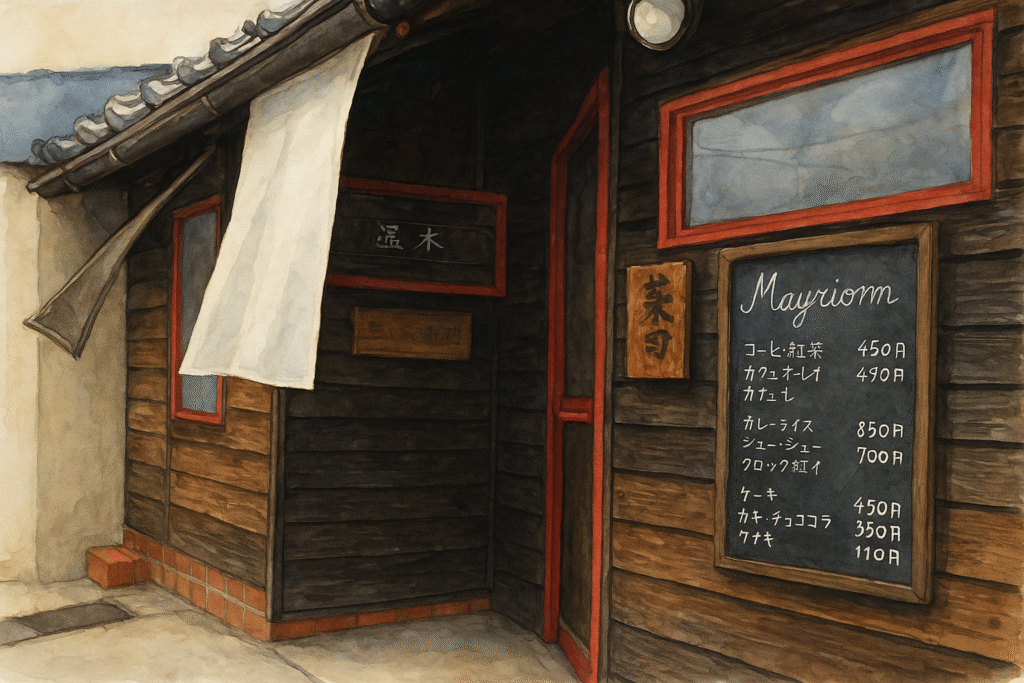
The small shop was full of customers. It seemed to be a popular local spot! I ordered a curry there. To be honest, it was quite spicy for me, and the flavor was unique, so it didn’t quite suit my taste. However, I think it’s probably the type of curry that depends a lot on personal preference, and for those who like it, it must be very appealing. I also found it interesting that the curry was served with yogurt and raisins, which is a rare combination in Japan. Actually, yogurt might be common in Indian curries, right? Anyway, I highly recommend you try it if you ever visit!
In any case, after satisfying my hunger, I finally headed to Shin-Yakushi-ji Temple.
What is Shin-yakushi-ji?
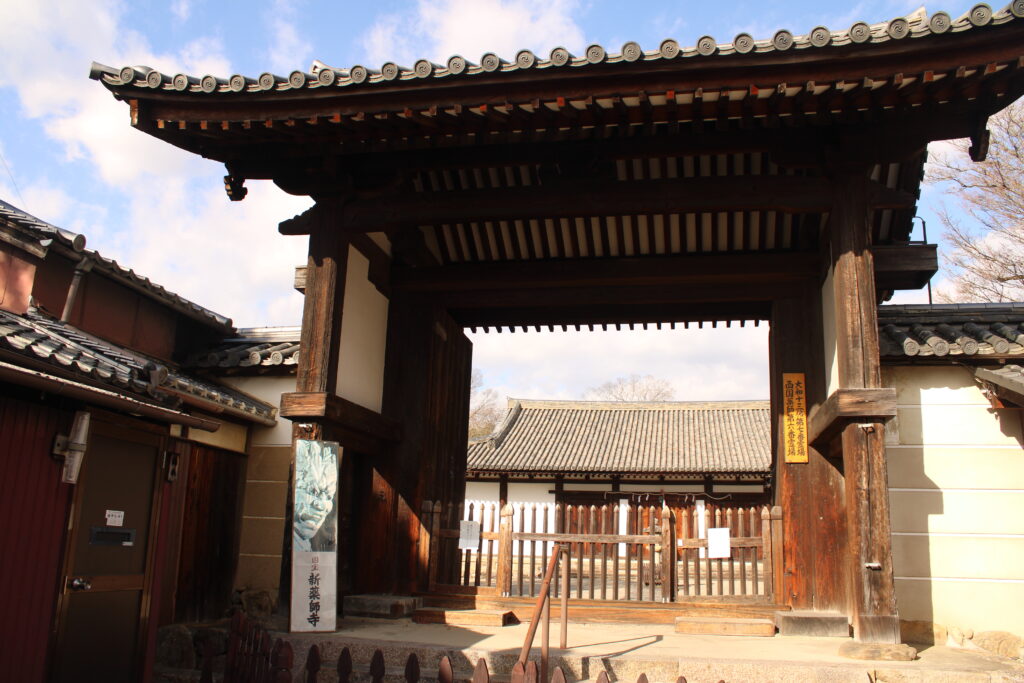
In the 19th year of Tenpyō(747), Empress Kōmyō founded Shin-Yakushi-ji Temple to pray for the healing of Emperor Shōmu’s illness.
The main hall of Shin-Yakushi-ji originally housed the Seven Healing Buddha statues. However, this hall collapsed in a typhoon in the second year of Owa (962) during the Heian period and is no longer standing. It is said that the hall was located about 150 meters west and slightly to the south of the current main hall, and it was quite wide, measuring about 60 meters in length from east to west.
By the Kamakura period, structures such as the East Gate, South Gate, Jizō Hall, and Bell Tower were built, and the current temple complex, centered around the main hall, was established.
Exploring the Grounds
As you enter the temple grounds through the South Gate, the main hall is immediately visible straight ahead.
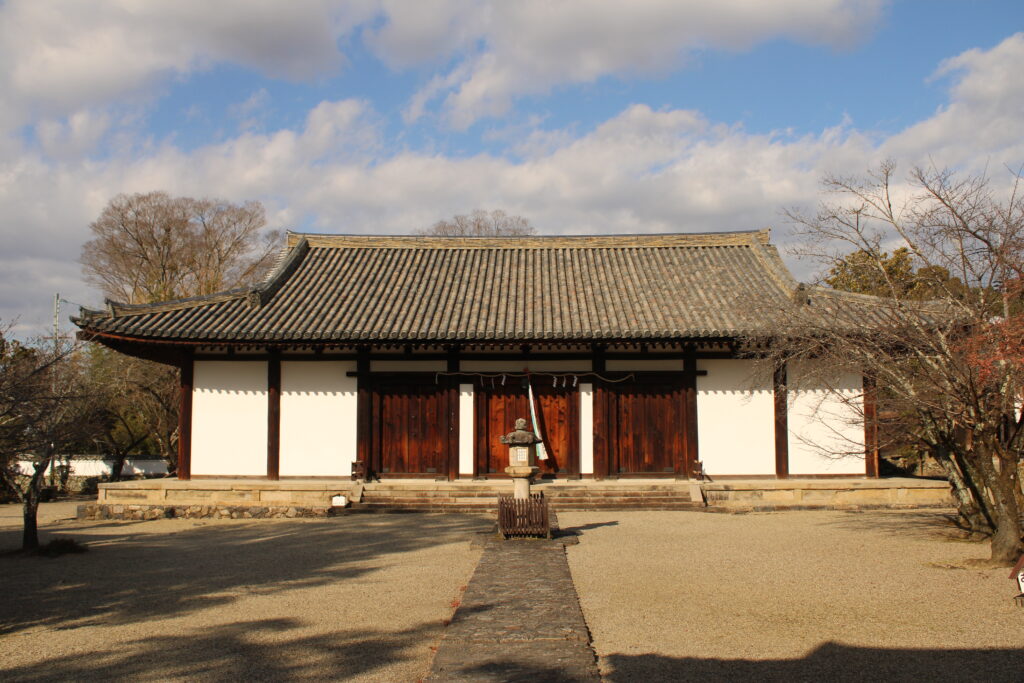
This is a building from the Nara period and is designated as a National Treasure. Inside the main hall, you’ll find the statue of Yakushi Nyorai (the Medicine Buddha) and the standing statues of the Twelve Heavenly Generals. The temple grounds are compact and simple, making the main hall the absolute highlight of the temple.
In particular, the area around the front doors has a retro, charming feel. After admiring the building from the outside, I enter the hall.
Main Deity: Yakushi Nyorai seated statue (Nara period to early Heian period, National Treasure)

The main deity of Shin-Yakushi-ji, Yakushi Nyorai, is enshrined on a circular pedestal in the center of the hall. The statue looks both gentle and powerful, with a full, serene presence. The right hand faces forward with the palm open, resembling a “wait” gesture. This is believed to be a mudra that dispels fear. In the left hand, Yakushi Nyorai holds a medicine jar, which is a characteristic of this Buddha.
So, what kind of Buddha is Yakushi Nyorai?
Yakushi Nyorai is the Buddha of the Eastern Pure Land, and it is said that during his time as a bodhisattva, he made twelve vows to illuminate the world with light from his body, fulfill people’s needs, heal illnesses, guide people to the right path, and remove disasters.
With his plump form, the statue exudes a strong presence, yet it also has a calming aura that seems to soothe the mind. It’s a statue with a mysterious charm.
Twelve Heavenly Generals Standing Statues (Nara period, National Treasure)

Yakushi Nyorai is flanked by two bodhisattvas, Nikko and Gakko, the Sun and Moon, as well as twelve warriors known as the Twelve Heavenly Generals, who protect Yakushi Nyorai’s world and his followers. It is said that each general commands 7,000 subordinates.
Ah, so that’s why the Twelve Heavenly Generals are arranged around the central Yakushi Nyorai statue. The arrangement of the statues is clearly very thoughtfully designed. Still, they all have rather fierce expressions!
These statues are the oldest and largest Twelve Heavenly Generals statues in Japan. Since they protect the twelve directions, they are also revered as guardians of the Chinese zodiac. It’s fun to search for the statue that corresponds to your own zodiac sign!
Here is the website for Shin-Yakushi-ji Temple.You can see a photo of the Twelve Heavenly Generals.
新薬師寺 公式ホームページ 十二神将
In addition to the main hall, there are also stone statues and the Jizō Hall, which have their own unique charm, so I highly recommend paying attention to them as well.

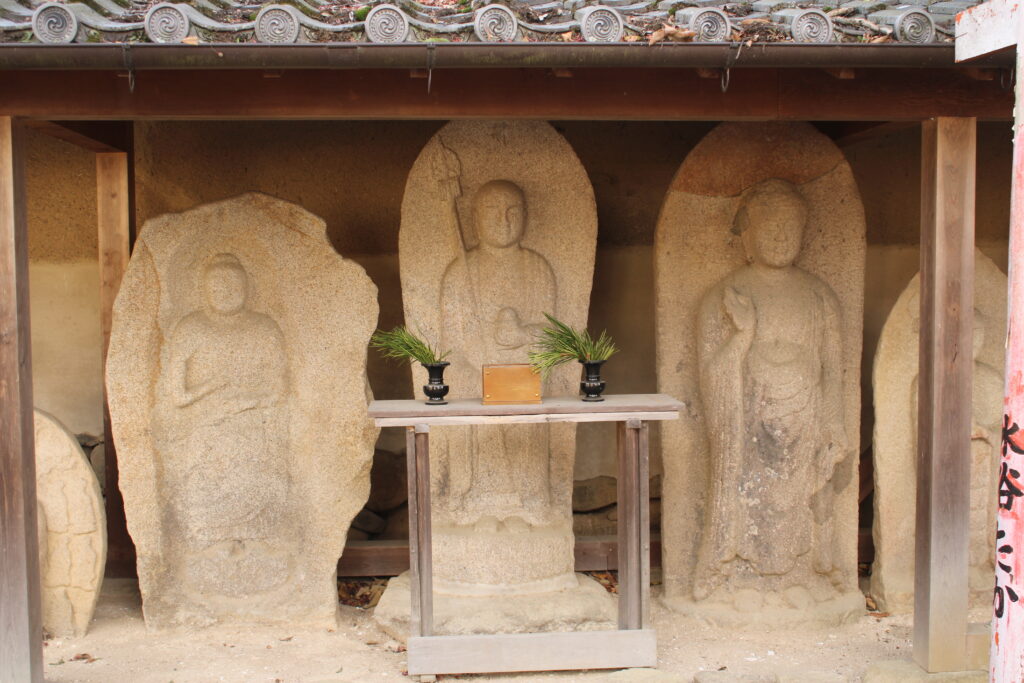
Conclusion
Compared to the large temples and shrines I visited that day, Shin-Yakushi-ji is smaller in scale, making it easy to explore at a leisurely pace. Despite its size, the temple houses many National Treasures, and among them, the Twelve Heavenly Generals statues are particularly rare, so I was thoroughly satisfied with my visit.
Now, it’s time to head to the last destination of the day, Byakugō-ji Temple. To be honest, I had the feeling that it was nearby and I was going there as a bonus stop (I apologize if that sounds disrespectful). However, I couldn’t completely rule out the possibility of a great encounter. After all, travel often brings unexpected experiences.
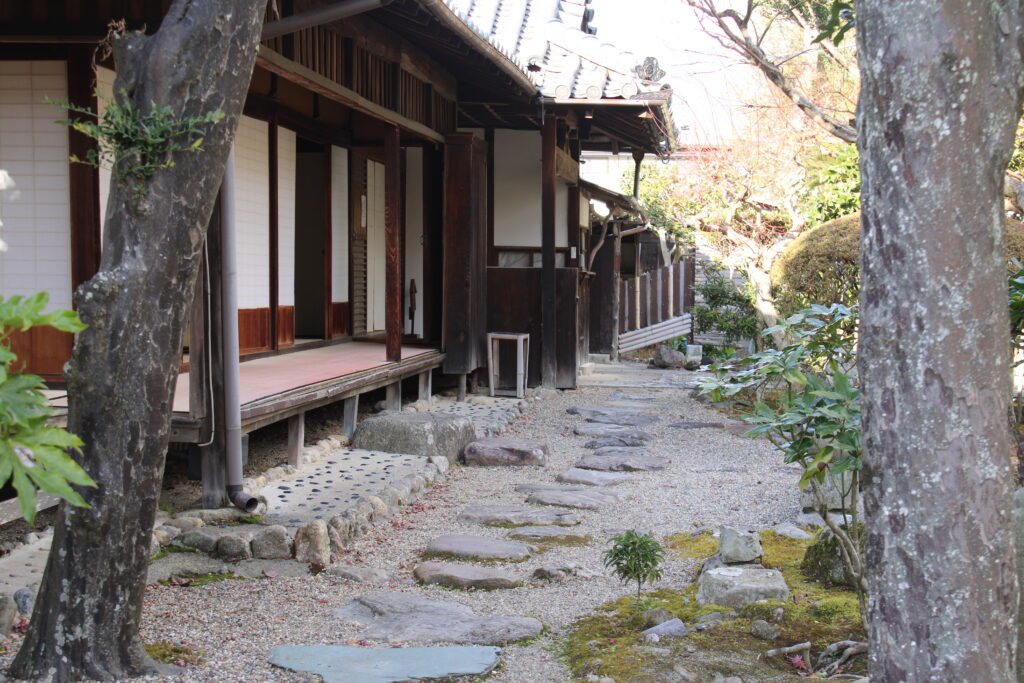
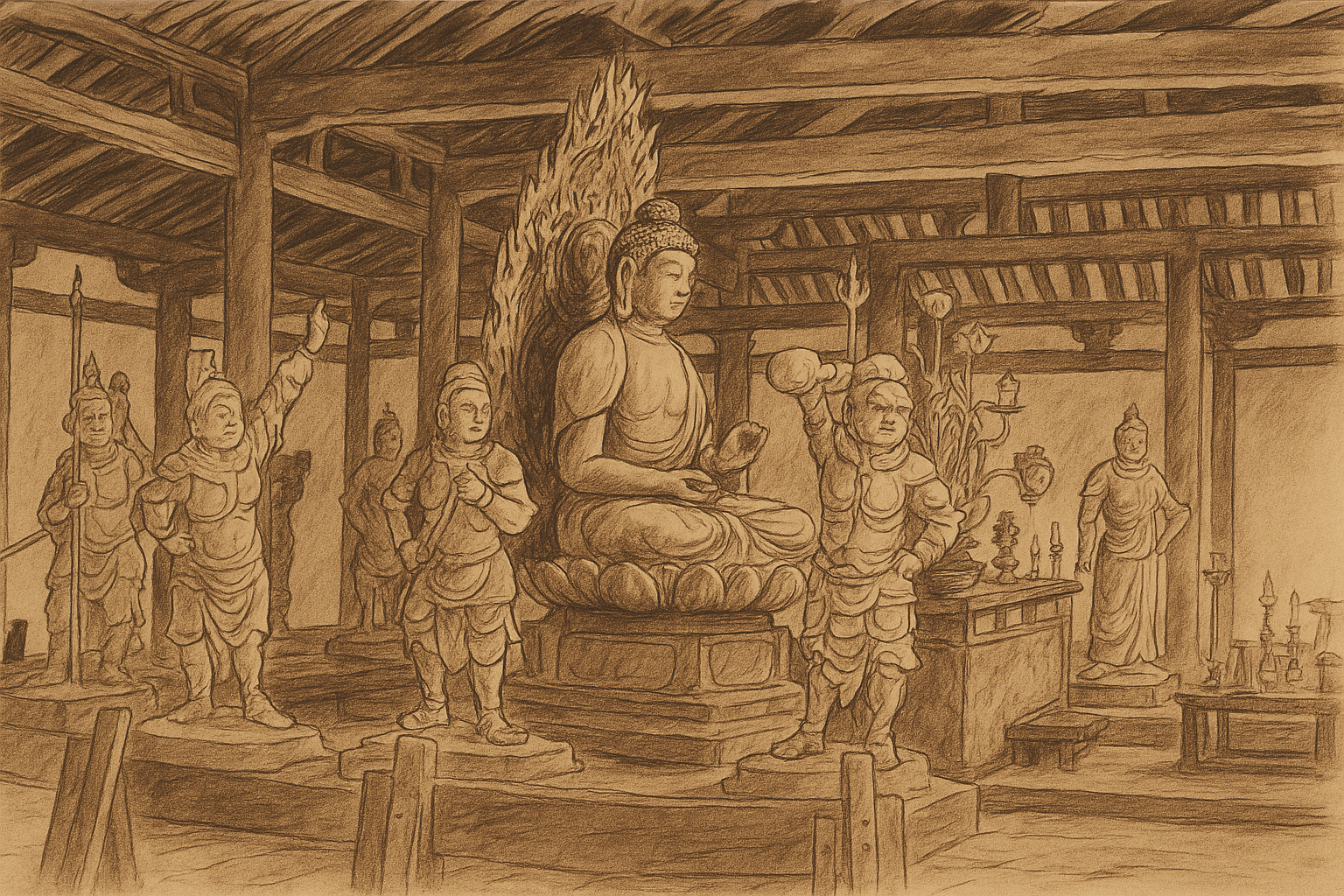


コメント